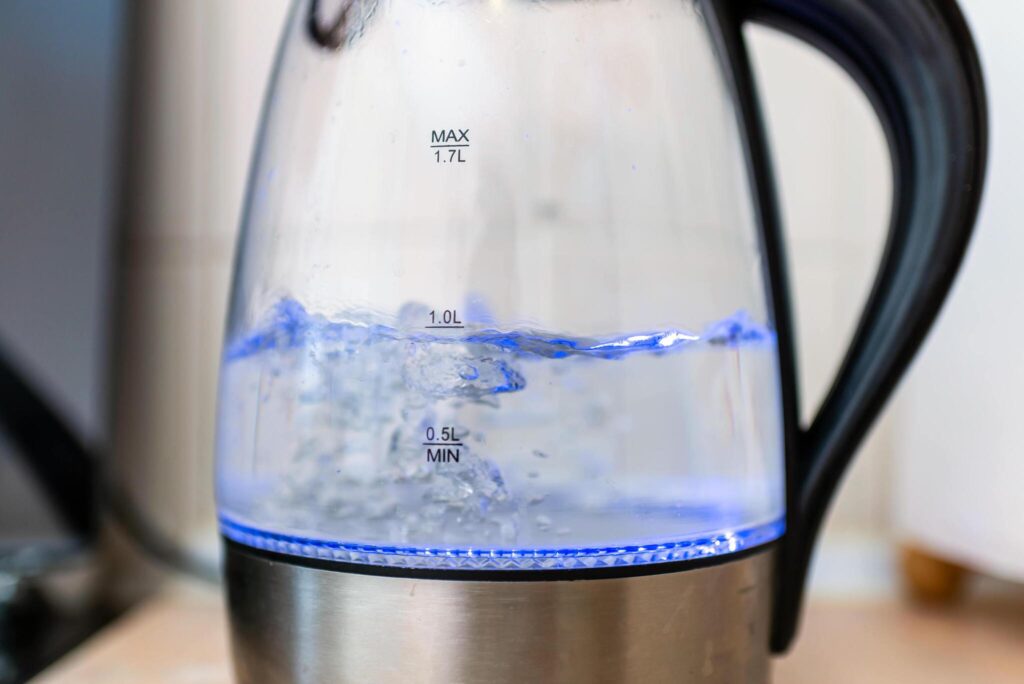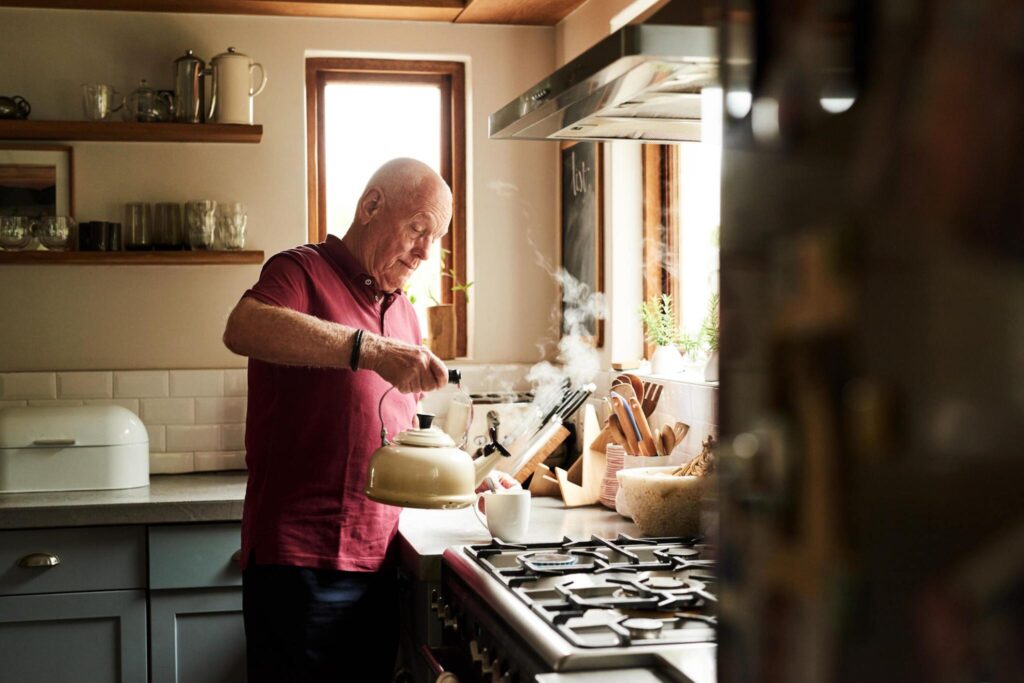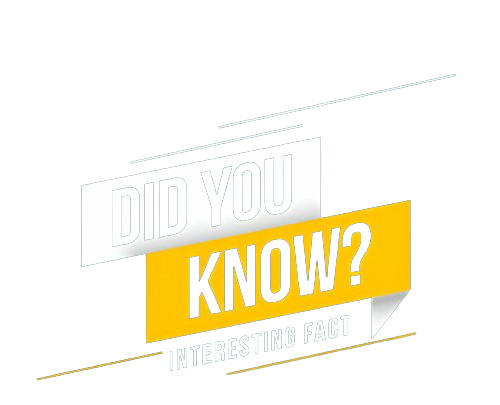Electric Kettle is a staple in most kitchens, used for boiling water for tea, coffee, and other hot beverages. However, have you ever paused to contemplate the operational principles underlying a kettle? In this article, we’ll dive into the inner workings of a kettle, its uses, applications, and the advantages and disadvantages of using one.
1. The Mechanism of Operation of an Electric Kettle
1.1 The Heat Source
The heat source in an electric kettle is the heating element, which is typically made of a metal alloy such as copper, nickel, or stainless steel. The heating element is coiled into a spiral shape and is placed at the bottom of the kettle. When electricity flows through the heating element, it produces heat, which is transferred to the water.
1.2 The Working Principle
The working principle of an electric kettle is based on the Joule heating effect, also known as resistive heating. When an electric current passes through a conductor, it produces heat due to the resistance of the material. In the case of a kettle, the heating element is the conductor, and the water is the material that offers resistance.
When the kettle is turned on, electricity flows through the heating element, and the resistance of the element produces heat. This heat is then transferred to the water, causing it to heat up. As the water heats up, it starts to circulate, with the hot water rising to the top and the cooler water sinking to the bottom. This process is known as convection and helps to distribute the heat evenly throughout the water.
1.3 The Thermostat
The thermostat is a crucial component of a kettle as it controls the temperature and prevents the water from boiling over. It is usually a bimetallic strip, which is made of two different metals bonded together. When the temperature of the strip increases, the metals expand at different rates, causing the strip to bend. This bending action breaks the circuit and turns off the kettle.
The thermostat is typically set to turn off the electric kettle when the water reaches boiling point, which is 100 degrees Celsius or 212 degrees Fahrenheit. This prevents the water from boiling over and causing a mess. Some kettles also have a safety feature that automatically turns off the kettle if it is left on for too long.
2. The Science Behind Boiling Water

Boiling water may seem like a simple process, but there is a lot of science involved. When water is heated, the molecules start to move faster, causing them to collide with each other. As the temperature increases, the molecules move even faster, and the collisions become more frequent and energetic.
When the water reaches boiling point, the molecules have enough energy to overcome the forces that hold them together, and they start to break apart. This process is known as vaporization, and it is what causes the water to turn into steam. The steam then rises to the top of the kettle, and as it cools, it condenses back into liquid form.
2.1 The Role of Pressure
The boiling point of water is affected by the surrounding pressure. At sea level, the atmospheric pressure is 1 atmosphere, and the boiling point of water is 100 degrees Celsius. However, as you go higher in altitude, the atmospheric pressure decreases, and so does the boiling point of water. This is why it takes longer to boil water in high-altitude areas.
2.2 Boiling Point
The boiling point of water is the temperature at which it changes from a liquid to a gas. At sea level, the boiling point of water is 100 degrees Celsius or 212 degrees Fahrenheit. However, the boiling point can vary depending on higher altitude and atmospheric pressure.
3. Uses of Kettle
The primary use of an electric kettle is to boil water for hot beverages such as tea, coffee, and hot chocolate. However, kettles can also be used for other purposes, such as:
- Cooking: Kettles can be used to boil water for cooking pasta, rice, boil eggs and other foods that require boiling water.
- Sterilizing: Boiling water in a kettle can also be used to sterilize baby bottles, utensils, and other items.
- Cleaning: Kettles can be used to clean hard-to-reach areas, such as the inside of a thermos or a coffee pot.
- First Aid: In an emergency, a kettle can be used to heat water for first aid purposes, such as warming up a compress or making a hot water bottle.
4. Applications of Electric Kettle

Electric Kettles have a wide range of applications, from household use to industrial use. Some common applications of kettles include:
- Home Use: As mentioned earlier, kettles are commonly used in households for boiling water for hot beverages and cooking.
- Restaurants and Cafes: In dining establishments such as restaurants and cafes, kettles play a vital role in the preparation of various hot beverages including tea, coffee, and other similar drinks.
- Hotels: Kettles are often provided in hotel rooms for guests to make their own tea and coffee.
- Hospitals: Kettles are used in hospitals for sterilizing medical equipment and preparing hot water for patients.
- Laboratories: Kettles are used in laboratories for heating and sterilizing equipment and preparing solutions.
- Industrial Use: Kettles are used in various industries, such as food processing, chemical manufacturing, and pharmaceuticals, for heating and mixing liquids.
5. Advantages of Using a Kettle
Using a kettle has several advantages, including:
- Time-Saving: Kettles are designed to heat water quickly, making them a time-saving appliance.
- Energy Efficient: Kettles are more energy-efficient than stovetop methods of boiling water, as they only heat the amount of water needed.
- Easy to Use: Kettles are simple to use, with most models having a one-touch operation.
- Portable: Kettles are compact and portable, making them ideal for travel and camping.
- Versatile: As mentioned earlier, kettles have a wide range of uses and applications, making them a versatile appliance to have in the kitchen.
6. Disadvantages of Using a Kettle
While kettles have many advantages, there are also some disadvantages to using them, such as:
- Limited Capacity: Most kettles have a limited capacity, which may not be enough for larger households or when entertaining guests.
- Risk of Overheating: If a kettle is left unattended or forgotten, it can overheat and potentially cause a fire.
- Maintenance: Kettles require regular cleaning and descaling to prevent mineral buildup and maintain their efficiency.
- Noise: Some kettles can be noisy when heating water, which can be a nuisance in quiet environments.
7. Where to Buy
When buying online, be sure to read reviews and product descriptions to ensure you’re getting the right kettle for your needs. Additionally, consider factors such as warranty, return policy, and shipping options.
Explore here to discover the ideal kettle that meets your requirements perfectly.
8. Conclusion
Kettles are a simple yet essential appliance in most households. They work by using electricity to heat water, and their primary use is for boiling water for hot beverages.
Kettles have a wide range of applications, from household use to industrial use, and offer several advantages, such as time-saving and energy-efficient. However, they also have some disadvantages, such as limited capacity and the risk of overheating. Overall, kettles are a convenient and versatile application in the kitchen.
Delve into the science behind various foods and their equipment by clicking here.

